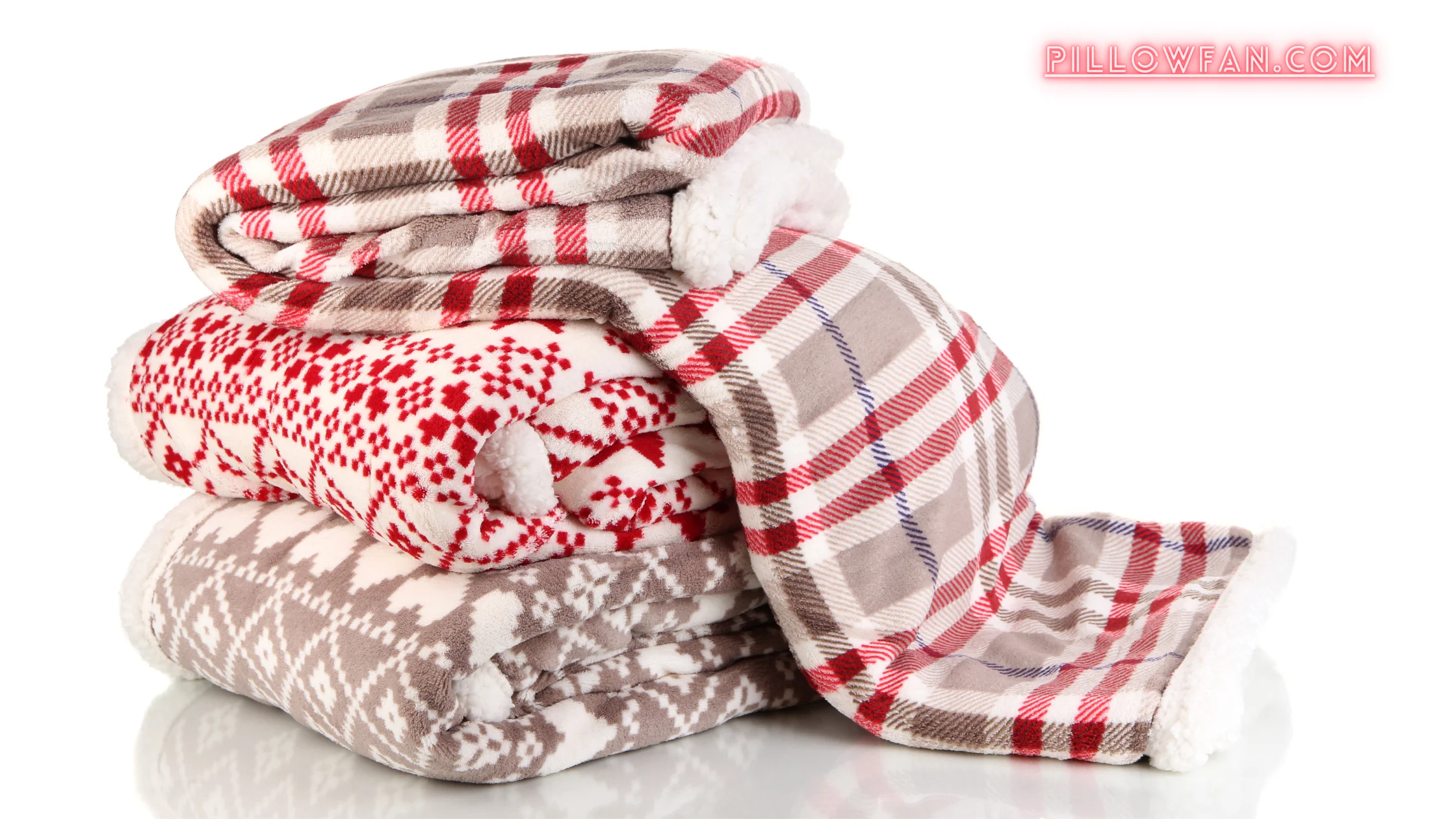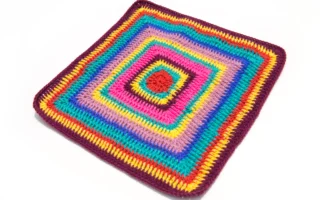Introduction:
Thermal blanket is a specifically constructed insulating sheet that helps in the preservation of body heat and protects against low conditions. These blankets are often constructed of a thin lightweight and highly reflective material such as Mylar is commonly used in a variety of conditions to avoid hypothermia or to maintain body warmth in emergency or survival scenarios.
Table of Contents
This blanket’s reflecting surface efficiently absorbs and reflects radiant heat back towards the body reducing heat loss and saving warmth. Because of their tiny size, convenience of use, and ability to successfully retain body heat even in harsh weather conditions, they are commonly seen in emergency kits, first aid supplies, camping equipment, and disaster relief operations.
This article will further discuss about what is thermal blanket, what makes them essential, science behind these blankets, advantages of these blankets and its different types, care and maintenance.
What is Thermal Blanket?
A thermal blanket is a blanket that has been carefully developed to assist retains body heat and offer protection against cold conditions. These blankets are often made of lightweight, reflective materials such as Mylar which are designed to reduce heat loss and retain warmth in a variety of settings.
This blanket’s reflective surface works by retaining and reflecting the body’s heat back towards it minimizing heat loss and maintaining warmth. These blankets are an essential instrument in survival kits, disaster relief operations and medical treatment because of its small size and lightweight nature and ability in retaining heat.
What Makes Thermal Blanket Essential:
Thermal blankets are regarded as essential because of their vital role in conserving body heat and avoiding hypothermia in a variety of scenarios. Due to their lightweight and small shape they are essential in emergency kits, disaster relief operations and outdoor activities such as camping or hiking.
These blankets’ ability to properly trap and reflect body heat back to the user is critical especially in severe weather or medical situations. Their versatility extends to medical situations where they help to regulate body temperature during procedures, manage shock and reduce heat loss after surgery or in situations of trauma. These blankets are an essential tool for survival, comfort and medical treatment in difficult or harsh environments due to their simplicity of construction and efficacy in preserving warmth.
Science behind Thermal Blanket:
The science of thermal blankets relies around their material composition and reflective qualities. These blankets are often produced from materials with a highly reflecting surface, such as Mylar. This reflecting surface plays an important role in limiting heat loss by successfully capturing and returning the body’s radiant heat back towards itself. These blankets work on the basis of radiation.
When a person’s body generates heat then a large portion of it is released as infrared emission. The reflecting surface of this blanket is meant to reflect infrared energy back to the body rather than allowing it to escape into the surrounding environment. As a result, this blanket helps in the maintenance of the body’s heat stopping it from releasing and so assisting in the maintenance of a person’s core body temperature.

Advantages of Thermal Blanket:
Thermal blankets offer several advantages due to their design and functionality:
Heat Preservation:
They trap body heat due to their reflective material reducing heat loss and assisting in the maintenance of a steady body temperature that plays an important role in preventing hypothermia in cold locations or emergency circumstances.
Portability:
Since they are lightweight and small, they are convenient to take in emergency kits, backpacks or medical supplies assuring ready for outdoor activities or emergencies.
Versatility:
They are very useful in different scenarios like outdoor activities like camping or hiking, medical settings for managing shock preventing hypothermia or maintaining body temperature during surgeries.
Waterproof and Windproof Properties:
Some thermal blankets have additional waterproof and windproof features providing extra protection against the elements. This makes them highly beneficial in adverse weather conditions keeping individuals dry and shielding them from harsh winds.
Affordability:
Thermal blankets are often inexpensive making them suitable for a variety of applications and general use. Since they are inexpensive, they can be included in emergency preparedness kits, first aid supplies, and disaster relief activities without having an important effect on budgets.
Ease of Use:
These blankets are simple and straightforward to use. They require minimal training or expertise making them accessible for people of all ages and backgrounds. Their simple and straightforward design allows for quick use in emergencies or when instant heat preservation is necessary.
Medical Applications:
These blankets play a crucial role in medical care. They aid in regulating body temperature during surgeries preventing heat loss in trauma cases and assisting in the management of shock making them a staple in hospitals, ambulances and emergency medical services.
Also Read: Fluffy blanket
Types of Thermal Blanket:
There are several types of thermal blankets available each designed with specific features to suit various needs and situations:
Mylar Thermal Blankets:
These are the most common form that is composed of Mylar which is a thin and reflective material. They efficiently preserve body heat by reflecting it back to the body so minimizing heat loss in cold situations or during crises.
Reusable Thermal Blankets:
These blankets are usually made of more durable materials and can be reused numerous times. They are suitable for outdoor activities, camping or emergency situations where longer term use might be necessary.
Waterproof Thermal Blankets:
Some thermal blankets have a waterproof layer offering protection against moisture. These are particularly useful in wet or rainy conditions preventing water absorption and keeping individuals dry and warm.
Windproof Thermal Blankets:
These blankets are designed to resist wind penetration and offer additional protection against cold winds. They are very advantageous in harsh weather conditions providing insulation against cold wind.
Emergency Survival Blankets:
These blankets are specifically created for survival situations and are usually more robust and durable. They are designed to withstand extreme conditions and are often included in survival kits or emergency preparedness gear.
Care and Maintenance:
Taking care of a blanket is relatively simple and involves some basic steps to ensure its longevity and effectiveness:
Spot Clean:
Use mild soap and lukewarm water to gently clean stains. Avoid abrasive cleaners.
Air Dry:
Let the blanket air dry completely before storing. Avoid using heat sources for drying.
Store Properly:
Keep the blanket in a cool and dry place away from direct sunlight and moisture.
Handle Carefully:
Avoid sharp objects that could damage your blanket’s material in order to keep your blanket safe.
Check for Damage:
Regularly inspect for tears or wear and promptly repair using suitable patches or tape.
Conclusion:
In conclusion, investing in a high-quality thermal blanket is an essential step towards creating a cozy and inviting environment. By understanding the different types and essential factors for consideration and tips for optimal usage you can make an informed choice that suits your preferences and enhances your comfort.
FAQ’s:
Are thermal blankets waterproof?
Most standard thermal blankets are not waterproof, but there are specialized versions available that offer waterproof properties.
Can thermal blankets be reused?
Yes, there are reusable thermal blankets designed for multiple uses.
How do thermal blankets work?
They work by reflecting and retaining body heat through their metallic-coated surfaces minimizing heat loss.



